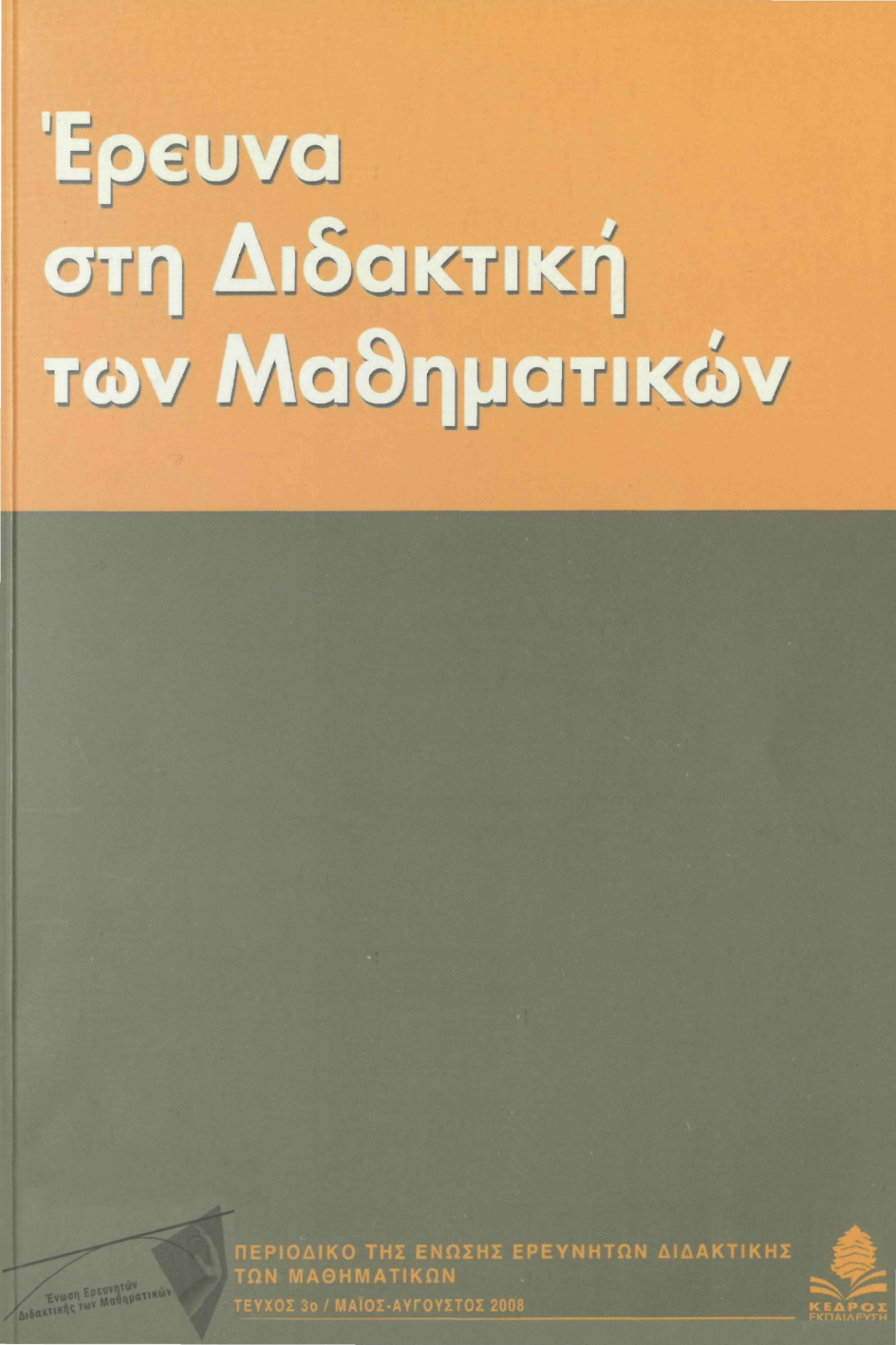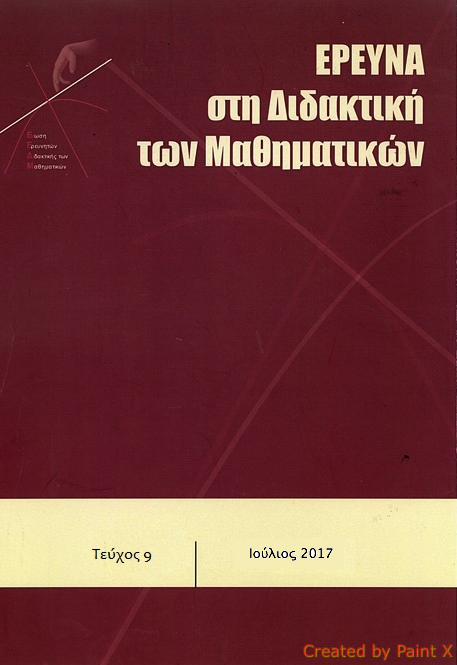THE REPRESENTATION OF NUMBER LINE IN OF MATHEMATICS IN PRIMARY EDUCATION

Abstract
It is well known that representations possess important role in the teaching and learning process allowing the construction of mathematical ideas. It is also known that school textbook constitutes the main and many times the exclusive aid of educational process. Thus, a recording of the number lines from the primary school mathematics textbooks has taken place in order to investigate if they function as emerged models like Realistic Mathematics Education sequences. An investigation of the different number lines' types, of the related mathematical concepts, as well as the strategies that appear to be elected each time from the number line ' picture constituted a secondary aim of this work.
From the results of the investigation it appeared that although there are several number lines' types in the school text book which support different strategies for various mathematical concepts this does not take place in accordance to Realistic Mathematics Education sequences
Article Details
- How to Cite
-
Σκουμπουρδή (Chrysanthi Skoumpurdi) Χ. (2018). THE REPRESENTATION OF NUMBER LINE IN OF MATHEMATICS IN PRIMARY EDUCATION. Research in Mathematics Education, (3), 67–87. https://doi.org/10.12681/enedim.18818
- Section
- Articles

This work is licensed under a Creative Commons Attribution 4.0 International License.
Authors who publish with this journal agree to the following terms:
Authors retain copyright and grant the journal right of first publication with the work simultaneously licensed under a Creative Commons Attribution licence that allows others to share the work with an acknowledgement of the work's authorship and initial publication in this journal.
Authors are able to enter into separate, additional contractual arrangements for the non-exclusive distribution of the journal's published version of the work (e.g. post it to an institutional repository or publish it in a book), with an acknowledgement of its initial publication in this journal.
Authors are permitted and encouraged to post their work online (preferably in institutional repositories or on their website) prior to and during the submission process, as it can lead to productive exchanges, as well as earlier and greater citation of published work (See The Effect of Open Access).



